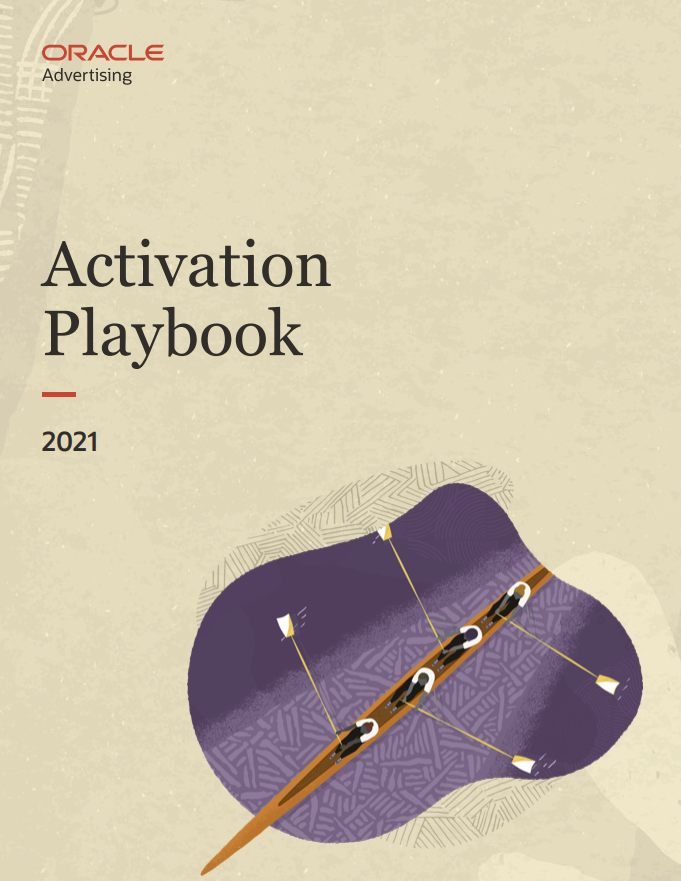Reimagining Edinburgh with cutting-edge smart city projects
With several exciting projects underway, what will Scotland’s capital city look like in five years’ time?


The idea of smart cities has been around for a good few years, with the various initiatives deployed in cities across the UK promising to reshape society. The touted benefits vary, ranging from fewer traffic jams and more responsive emergency services to the enhanced provision of local services, such as intelligent bin collection.
Edinburgh aims to become a state-of-the-art smart city that’s both sustainable and digitally inclusive. Last October, the City of Edinburgh Council (CEC) published its Digital and Smart City Strategy that set out how its future technology services should be designed, sourced and delivered over the next few years.
The programme sets out how Edinburgh will use data and cloud-powered technology to connect systems in a digital age to provide even more accessible, secure, and efficient services for residents. There’s also a focus on reusing, recycling and promoting paperless technologies.
“We want to become a digital Council and a world-leading smart city, and this plan will help to get us there,” says deputy leader Cammy Day, who is also CEC’s smart cities lead. “Digital is playing a major role in the way we operate as a council, and we need to keep refreshing our approach so that we stay on top.”
On the fringes of a radical transformation
To that end, the council, as part of a five-year deal with systems integrator CGI, will adopt its SensorInsights360 smart city platform, developed in Australia. This will deliver an end-to-end approach to the Internet of Things (IoT), asset data collection and asset management.
For a start, CGI SensorInsights360 will be deployed through Edinburgh’s City Operations Centre, which is jointly funded by the council and the European Regional Development Fund (ERDF). By integrating the platform with this programme, the council hopes to deliver digital services using artificial intelligence (AI), IoT and advanced data analytics.
Among material benefits will be better management of council properties, better digital services for citizens, as well as the creation of healthier and safer social housing with increased sustainability and regulatory compliance. The plan also aims to improve waste management using smart bins, introduce sustainable recycling, route optimisation, as well as use data to drive more efficiency in the ‘real world’.
Get the ITPro daily newsletter
Sign up today and you will receive a free copy of our Future Focus 2025 report - the leading guidance on AI, cybersecurity and other IT challenges as per 700+ senior executives
What will this smart city look like by 2027, though? A huge part of becoming a smart city revolves around efficiencies and improvements. Streetlights area great example of this. Many councils now have systems in which a resident can fill out an online form about a broken street lamp, with those details fed automatically into the council's back-end line of business systems, which creates a job automatically for the team to go out and fix it. Edinburgh, however, can go a step further. By deploying IoT sensors, the council can detect if a light fails, with the sensor beaming a report to the council without anyone needing to report the issue first. This would save both time and money.
What will Edinburgh look like in five years’ time?
Optimising waste management
Waste disposal trucks follow set routes that have been optimised for efficiency in terms of distance travelled, but this doesn’t mean they’re optimised in terms of how full bins might be. They could be emptying bins that don’t need emptying or missing overflowing or vandalised bins. Edinburgh also has a seasonal footprint. The Edinburgh Fringe Festival, hosted every August, as well as Christmas markets and Hogmanay new year’s celebrations, are all tourist magnets. This constantly changing dynamic means there’s a need to adapt to the conditions on the ground and reroute accordingly, shifting pathways to where the need is greatest.
To that end, IoT sensors will also be fitted to rubbish bins. These are attached to the bins and connect with a LoRaWan network operated by the Scottish government. Once a connection is established, the bins can send information to SensorInsights360, including how full a bin might be. These bins also have a temperature sensor to alert the authorities to a potential bin fire. Data is pushed into back-end systems run by the council, and service teams can react to that information. When fully rolled out over the next five years, there should be around 11,000 sensors fitted to bins.
Monitoring social housing
Becoming a smart city also involves proactively handling problems within social housing. Again, the traditional way of doing this might be to have residents raise issues with the council as and when they arise, with the council then dealing with each complaint. Although this process has become largely digitised through the internet over the last 20 years, the same pattern of raising issues, and then fixing them, has persisted.
In the future, however, sensors installed in properties will monitor things like carbon dioxide, carbon monoxide, and damp levels. It’s, in fact, a similar scheme to that deployed by Leeds City Council as part of its own smart city venture. Should these monitors sense that they’re rising above a certain threshold, the council will be immediately notified without any human interaction. These sensors will, again, feed the data into back-end systems that alert somebody to visit the property and pre-emptively fix the issue before it becomes a serious problem. Indeed, Identifying a problem early, that perhaps costs hundreds of pounds, is better than trying to fix a bigger problem that costs thousands of pounds.
Intelligent traffic lights and streetlights
CEC installed LED lights in its street lighting back in 2018. It partnered with connected street lighting and smart city applications firm Telensa to deploy 64,000 LED lights as part of its energy efficiency program. The streetlights, moreover, use Telensa’s PLANet wireless central management system to centralise remote control of the city’s lighting.
The system comprises wireless nodes connecting individual lights, dedicated wireless connectivity, and a central management application. The system uses real-time monitoring to identify and track faults, which will cut the number of residents' complaints about broken street lights and remove the need for street lighting staff to undertake night-time patrols to identify faulty lights.
With funding from the ERDF to upgrade traffic message signs, Edinburgh plans to link them to its smart city platform. In the future, road users will be able to take advantage of sensors placed around the city that feed data back into the platform to help better plan journeys. Not only will alerts be displayed on signage throughout the city but these messages will also be sent to smartphones and in-car information systems at the same time, and in real-time.
Sharpening up security and surveillance
With an investment of £2.6 million, CEC is hoping to digitally retool Edinburgh’s CCTV control centre, using a host of technologies to drive efficiencies, improve security and better analyse emerging trends. The revamped control centre will underline the expansion of high-definition CCTV cameras, expanded coverage and the use of AI as well as advanced data analytics. These new elements aim to provide situational awareness as well as the capabilities to predict new and existing threats.
RELATED RESOURCE

Activation playbook: Deliver data that powers impactful, game-changing campaigns
Bringing together data and technology to drive better business outcomes
Partnering with IoT firm North, the project will see the security system intelligently integrated with traffic and transportation platforms. Not only will the new system be efficient, the council claims, but it’ll quickly identify and address issues, offer rapid footage retrieval and integrate with remote security systems not currently connected to the control room. The new system will also allow for better city planning and will offer a more substantive view of how people interact with the urban environment.
Once completed, the council will benefit from a robust platform that can be integrated with other systems like air quality sensors, smart parking applications, flood sensors and intelligent camera analytics to monitor low emissions zones.
Rene Millman is a freelance writer and broadcaster who covers cybersecurity, AI, IoT, and the cloud. He also works as a contributing analyst at GigaOm and has previously worked as an analyst for Gartner covering the infrastructure market. He has made numerous television appearances to give his views and expertise on technology trends and companies that affect and shape our lives. You can follow Rene Millman on Twitter.
-
 Bigger salaries, more burnout: Is the CISO role in crisis?
Bigger salaries, more burnout: Is the CISO role in crisis?In-depth CISOs are more stressed than ever before – but why is this and what can be done?
By Kate O'Flaherty Published
-
 Cheap cyber crime kits can be bought on the dark web for less than $25
Cheap cyber crime kits can be bought on the dark web for less than $25News Research from NordVPN shows phishing kits are now widely available on the dark web and via messaging apps like Telegram, and are often selling for less than $25.
By Emma Woollacott Published